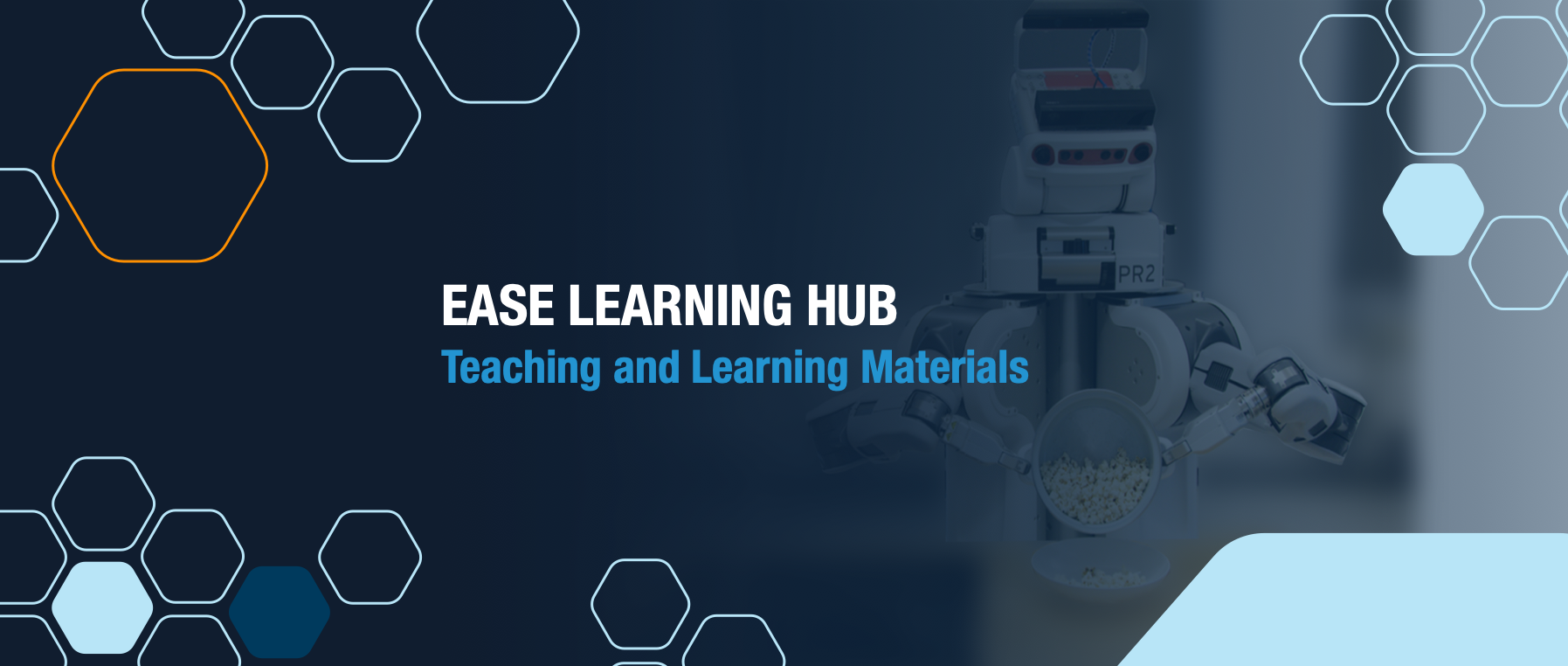Prof. Dr. h.c. Michael Beetz, PhD
Cognitive-enabled robotics - Where are we? Where are we going?
Part 3: This presentation will clarify current and upcoming technologies around Cognitively-enabled robotics. In the process, Michael Beetz addresses the interesting questions "Where are we?" and "Where are we going?".
KnowRob - Knowledge representation and reasoning for robot agents
Part 2: This presentation introduces an exciting new architecture called KnowRob by Michael Beetz, which allows knowledge representation and reasoning for robot agents.
Cognitive-enabled Robotics
Part 1: In this presentation, Michael Beetz takes it a bit further and starts with some basics. In order to understand what cognitive-enabled robotics is, it is necessary to first understand what exactly robots are. In addition, it is necessary to understand what cognitive means as well. All these exciting topics will be covered in this presentation.
Knowledge representation & reasoning for cognition-enabled robot manipulation
Part 11: In this presentation, Michael Beetz talks about Knowledge representation & reasoning for cognition-enabled robot manipulation. He goes through all the necessary stages step by step and explains them with the help of an example based on a kitchen robot.
Cognition-enabled Robot Manipulation - Welcome to EASE Fall School 2022
Part 1: The first talk will start with a short review of some basics of AI and computer science. Michael Beetz will also present some interesting examples in the world of cognition-enabled manipulation.
Design & Implementation of Cognition-enabled Robot Agents
This course consists of ten Modules that together provide an overview of the methods required to build a cognition-enabled robot agent. The picture on the right shows an overview of the modules. Each Module consists of several video lectures and an exercise. Some modules contain additional learning materials.

Cognitive Robot Abstract Machine
Michael Beetz provides an educational introduction to CRAM, Cognitive Robot Abstract Machine. How can we write a robot control program where the robot receives instructions for the performance of a task and is able to produce the behavior neccessary to accomplish the task? This simple question is not fully answered yet as there is still an information gab between instruction and body motion that has to be filled in a semantically meaningful manner. One way is simplifying perception tasks and implementing motion contrains. Follow Michael Beetz's interesting approach to metacognition.
Digital Twin Knowledge Bases
Follow Michael Beetz' talk on the exciting topic of digital twin knowledge bases. The term digital twins refers to virtual, AI-based images of physical objects in the real world. It is an emerging technology and plays a crucial role for the Industry 4.0 and the digitization of manufacturing in several domains. In retail, for example, digital twins show an exact digital replica of the store and warehouse and the location of each product. In his comprehensive talk, Michael Beetz focuses on the aspect of knowledge representation.

